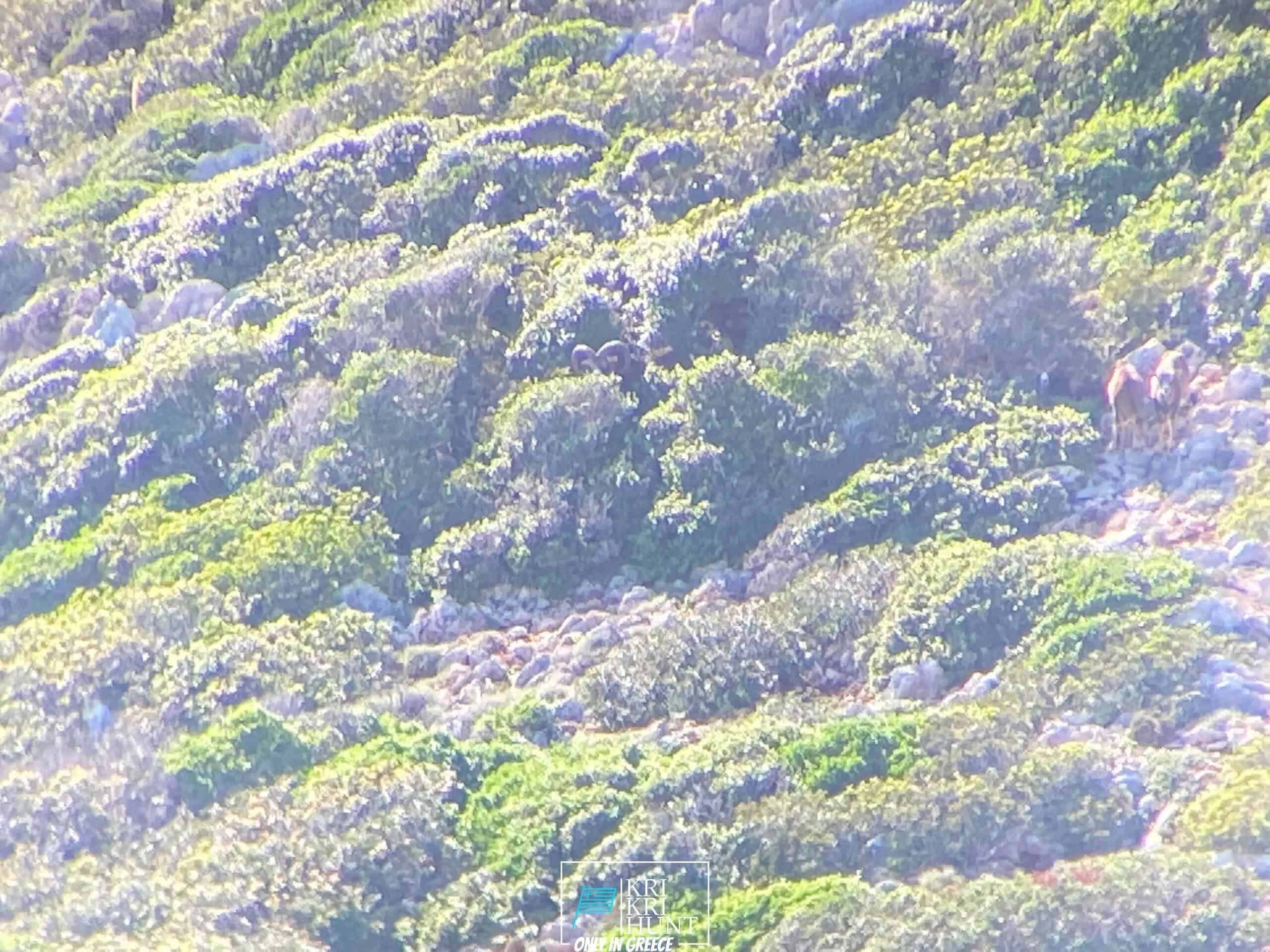Explore Sapientza island, the hidden paradise of Kri Kri ibex in Greece
Explore Sapientza island, the hidden paradise of Kri Kri ibex in Greece
Blog Article

The Peloponnese peninsula on the Greek Mainland is frequently referred to as the 'real' Greece. Since it has taken care of to stay relatively untouched by mass tourist as well as keeps much of its conventional beauty, this is. If you're seeking an authentic Greek experience, then Peloponnese is the location for you. And also what far better method to explore this stunning region than on one of our outdoor hunting, fishing, and free diving excursions?

This Ibex is not a diminutive type of the Bezoar Ibex, which has actually moved to the western edge of its array. The kri-kri (Capra aegagrus cretica), additionally referred to as the Cretan goat, Agrimi, or Cretan Ibex, is a wild goat indigenous to the Eastern Mediterranean. The kri-kri (Capra aegagrus cretica), a feral goat living in the East Mediterranean, was as soon as believed to be a subspecies of wild goat. The kri-kri has a light brown layer with a darker neck band. Their two sweeping horns rise from their head. The kri-kri is a wary as well as timid pet in the wild, resting during the day. They can leap long distances or climb apparently large cliffs.
Our outside hunting, angling, as well as free diving scenic tours are the perfect way to see every little thing that Peloponnese has to provide. These tours are designed for vacationers who want to get off the beaten path and also really experience all that this incredible area needs to supply. You'll reach go searching in a few of one of the most stunning wilderness areas in Greece, fish in crystal-clear waters for a variety of different species, and also complimentary dive in some of one of the most sensational shoreline in the Mediterranean. As well as best of all, our experienced guides will be there with you every step of the way to make certain that you have a safe as well as satisfying experience.
If you're looking for a genuine Greek experience, after that look no more than our outside searching in Greece with angling, and cost-free diving trips of Peloponnese. This is an extraordinary means to see whatever that this impressive area has to provide. Book your trip today!
What is the diference between Kri Kri ibex, Bezoar ibex and hybrid ibex
The kri-kri is not thought to be indigenous to Crete, most likely having been imported to the island during the time of the Minoan civilization. Nevertheless, it is found nowhere else and is therefore endemic to Crete. It was common throughout the Aegean but the peaks of the 8,000 ft (2,400 m) White Mountains of Western Crete are their last strongholds–particularly a series of almost vertical 3,000 ft (900 m) cliffs called ‘the Untrodden’—at the head of the Samaria Gorge. This mountain range, which hosts another 14 endemic animal species, is protected as a UNESCO Biosphere Reserve. In total, their range extends to the White Mountains, the Samaria National Forest and the islets of Dia, Thodorou, and Agii Pandes.
This Ibex is NOT a diminutive form of the Bezoar Ibex, which has migrated into the western-most reach of the range of this species. The kri – kri (Capra aegagrus cretica), sometimes called the Cretan goat, Agrimi, or Cretan Ibex, is a feral goat inhabiting the Eastern Mediterranean, previously considered a subspecies of wild goat. The kri-kri has a light brownish coat with a darker band around its neck. It has two horns that sweep back from the head. In the wild they are shy and avoid tourists, resting during the day. The animal can leap some distance or climb seemingly sheer cliffs.
“The agrimi goat Capra aegagrus cretica is unique to Crete and its offshore islands. It has been identi®ed as a sub-species of the wild bezoar goat Capra aegagrus aegagrus Erxleben, 1777, which it closely resembles in horn shape, body form and coloration. This classi®cation has been disputed by some researchers who claim that the agrimi are feral goats, derived from early domestic stock brought to the island by the ®rst Neolithic settlers. In order to clarify this issue, DNA analyses (cytochrome b and D loop sequences) were carried out on tissue of live and skeletonized agrimi and compared to sequences of wild and domestic caprines. Results conclusively show the agrimi to be a feral animal, that clades with domestic goats (Capra hircus) rather than with wild Asiatic bezoar. This study demonstrates that morphometric criteria do not necessarily re¯ect genetic af®nities, and that the taxonomic classi®cation of agrimi should be revised.”
Report this page